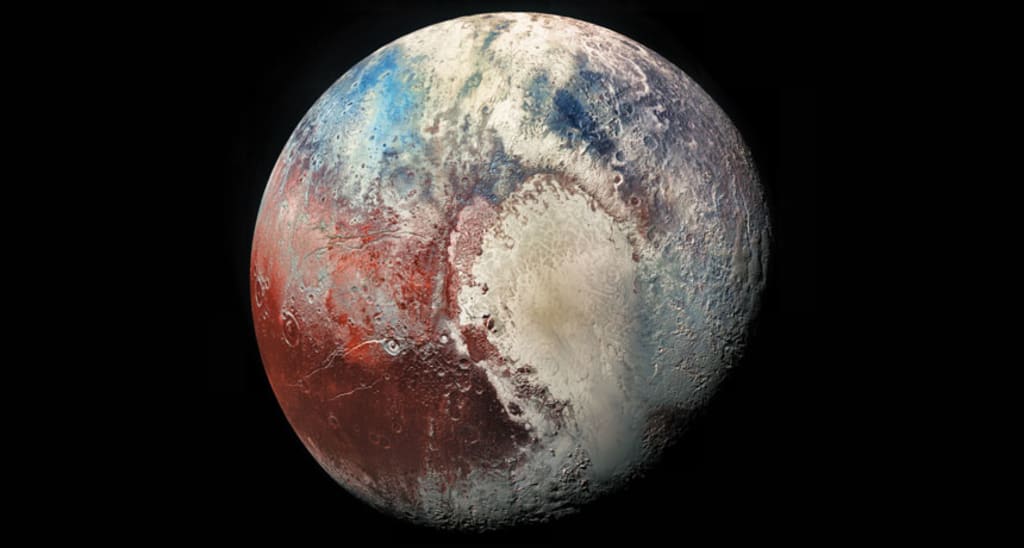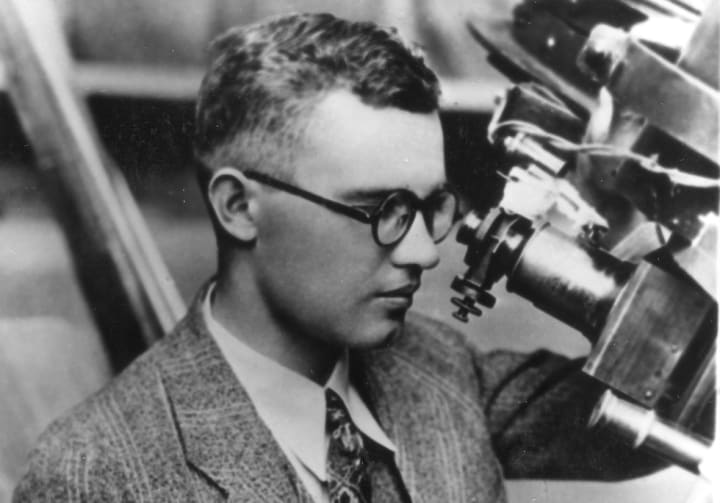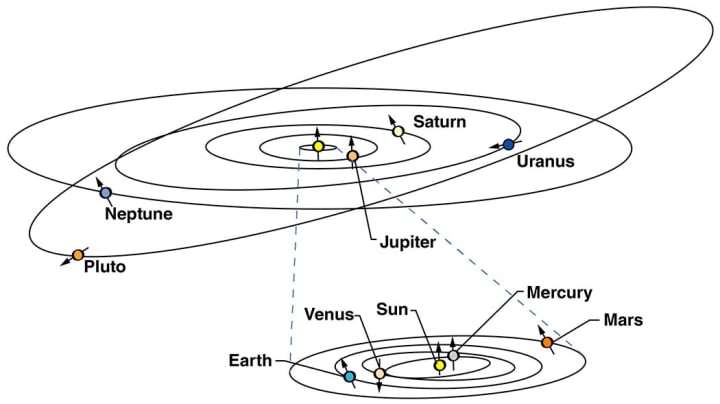
While humans have made numerous discoveries within our solar system, there is still a plethora of things that remain unknown. The planets are one of the biggest discoveries of the universe. Traditionally, science recognized 9 planets until they demoted Pluto in 2006. Until now, the scientific community still debates on Pluto’s demotion. So, is Pluto a planet or not?
Pluto was discovered while searching for planet X
Pluto was discovered on February 18, 1930 by astronomer Clyde Tombaugh, who worked with the Lowell Observatory telescope. He was looking for planet X — a hypothetical celestial body that affects the orbit of Uranus. Tombaugh used a blink comparator, a device that compares two images of the same part of the sky to detect shifting objects which may turn out to be yet undiscovered planets. Pluto was found in photographs taken by Clyde Tombaugh on January 28 and 29, 1930.

Pluto could had been discovered decades earlier
As is often the case in astronomy, Tombaugh was not the first to see Pluto. Its image was earlier obtained in a photograph taken by Edward Barnard in 1909. But the object of his observations was not searching for planets, but Halley’s Comet. Therefore, the astronomer had no chance to realize that a small dot on the photographic plate was not one of many stars, but something more uncommon.
The most realistic chance to detect Pluto was missed by astronomers at the Lowell Observatory, who purposefully searched for planet X. In 1915, they twice photographed the area of the sky where the dwarf planet was at the time. Unfortunately, in one of the pictures, the image of Pluto was superimposed on a star, and in the other, it got on the plate defect. As a result, the discovery took place 15 years later.
The name “Pluto” was suggested by an 11-year-old girl
After the discovery of the new celestial body, various scientists have proposed a number of variants of its name. They included Zeus, Minerva, Cronus, and Percival — in honor of Percival Lowell, founder of the Lowell Observatory and the main sponsor of the search for planet X.

At the end of the day, the name proposed by 11-year-old Venice Bernie was chosen. When asked by her grandfather what she would call the new planet, the girl replied that if it is so far away and cold, it should be called “Pluto”, in honor of the Roman god of the underworld. Her grandfather liked this version so much that he told about it to a familiar professor of astronomy, who in turn passed it on to the staff of the Lowell Observatory. During the next vote to choose the name of the planet, they unanimously supported Pluto. This name not only corresponded to the ancient tradition of naming the planets in honor of the gods, but also paid tribute to Percival Lowell, as its first two letters corresponded to the initials of P.L.
Sometimes Pluto gets closer to the Sun than Neptune
Pluto’s orbit is very different from the orbits of planets of the solar system — it has a much greater eccentricity and inclination to the plane of the ecliptic. In aphelion it moves away from the Sun by 7.3 billion km, and in perihelion it approaches it by 4.4 billion km. This is less than the distance between the Sun and Neptune. Thus, during each turn, Pluto for some time gets closer to the Sun than Neptune. The previous such event took place since 1979 to 1999, the next time it will take place since 2227 to 2247.
So far Pluto was visited by only one spacecraft
In its history, Pluto has so far been visited by only one spacecraft — the New Horizons probe. It was launched in January 2006 and reached its goal in July 2015. Interestingly, at the moment of the launch of New Horizons, Pluto still had the title of planet.
Pluto ceased to be considered a planet since 2006
The decision to remove Pluto from the list of planets was made at the IAC session in August 2006. It was caused by the discovery in the early 2000s of several trans-Neptunian objects, comparable to Pluto in size and mass. This posed a dilemma for astronomers — either to recognize all these bodies as planets, or to put them all into a new category and reclassify Pluto. As a result, the second option was chosen, and Pluto became a dwarf planet. It is worth noting that some scientists have not accepted the new classification and hope to reconsider the IAS decision in the future.

Interesting Facts
- Aside from being the first letters of the dwarf planet, they are also the initials of American astronomer Percival Lowell. His initiation for searching for a planet beyond Neptune led to the discovery of Pluto. The Lowell Observatory that Tombaugh was working in was named after Percival.
- Pluto’s character in Roman mythology is son to Saturn. While Pluto ruled the underworld, his brother Jupiter controlled the sky and his brother Neptune controlled the sea.
- Other solar system objects under the same category are Eris and Makemake. As their label suggests, these ‘dwarf planets’ are much smaller in size compared to the major planets.
- The decision made in the year 2006 witnessed widespread outrage on behalf of Pluto. Along with the updates of the textbooks came the onslaught of several internet-spawned memes picturing Pluto going from angry to sad in a range of emotions.
- These peaks can reach heights of 6,500-9,800 ft or 2-3 km. Sometimes, frozen gases such as methane coat these ice mountains. Moreover, the longs troughs and valleys in Pluto can stretch up to 370 miles or 600 km.
- Water would only turn into solid ice at such cold temperatures. Hence, the absence of such a life essential is an automatic minus point. Still, some scientists believe in the possibility of an ocean deep inside Pluto. Now that’s one for intriguing Pluto facts.
- In other words, the sun rises in the west and sets in the east on the plutoid. Other planets with the same retrograde rotation are Uranus and Venus. Definitely one of the Pluto facts that’ll show you how different it is from Earth.
- New Horizons took 9 years to reach Pluto.
- The main reason behind it is how the dwarf planet sits too far from the sun on its location in the outer solar system at approximately 5,945,900,000 km. How’s that for Pluto facts?
- The closest distance is at 2.6 billion miles or 4.2 billion kilometers while the farthest distance is at 4.7 billion miles or 7.5 billion kilometers. In other words, a spaceship from Earth would take nearly 10 years to reach Pluto which was recently proven by New Horizons in 2015.
- Sunlight takes around 5 hours to reach Pluto whereas it only takes 8 minutes for Earth.
- The sun only rises and sets around once a week on Pluto.
- The darkness of Pluto’s sky would make it possible for stars to be seen during the day.
- Plutonium, a newly formulated element in 1941, was named after Pluto.
- New Horizons discovered that Pluto has blue skies and water ice.
About the Creator
Satz
Tragedic Interesting Stories






Comments
There are no comments for this story
Be the first to respond and start the conversation.